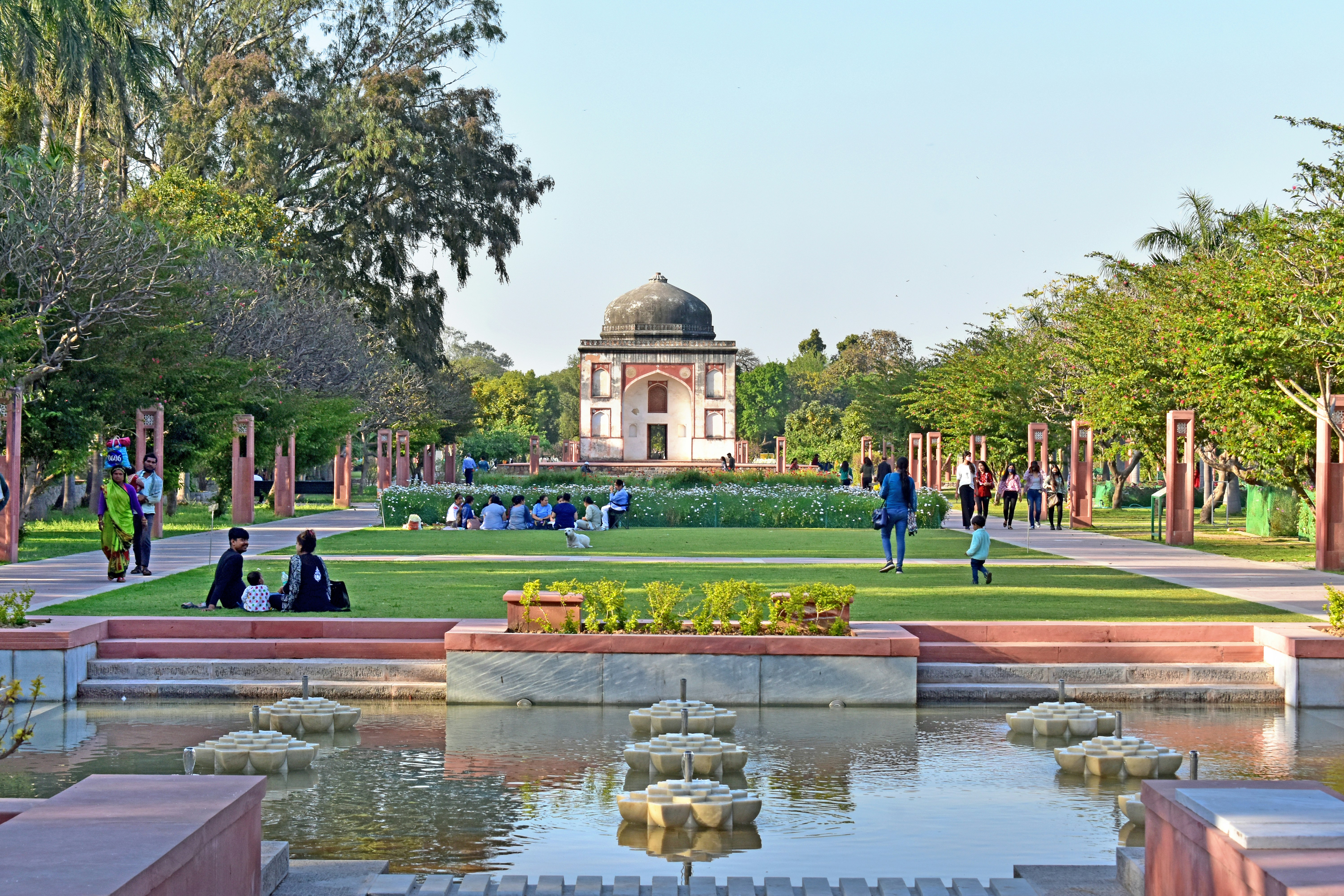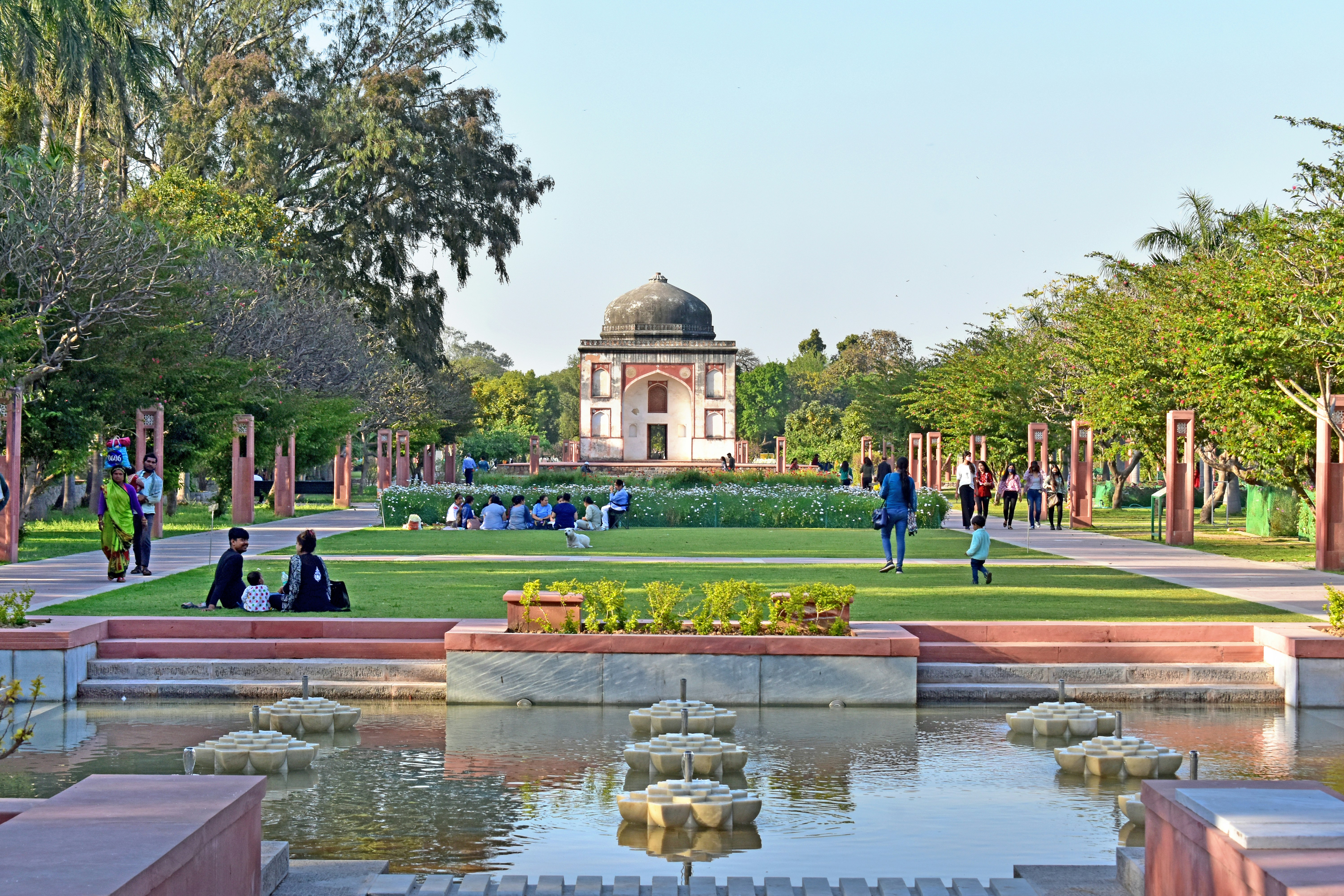Exploring Delhi’s History
Delhi’s history dates back thousands of years, with evidence of human settlements in the area as early as the 6th century BC. Over the centuries, the city has been ruled by several dynasties, each leaving their mark on its architecture and culture.
One of the most significant periods in Delhi’s history was the rule of the Mughals, who established their capital in the city in the 16th century. Under their reign, Delhi flourished as a center of art, architecture, and literature. The iconic Red Fort, built by Emperor Shah Jahan, stands as a testament to the grandeur of the Mughal era.
Another important chapter in Delhi’s history is the British colonial period. The British East India Company established its presence in the city in the 17th century and gradually gained control over the entire Indian subcontinent. The remnants of British colonial architecture, such as the India Gate and the Parliament House, are now prominent landmarks in Delhi.
Delhi’s history is not just limited to its rulers and empires. The city has also played a crucial role in India’s struggle for independence. It was in Delhi that Mahatma Gandhi, the father of the nation, led the non-violent civil disobedience movement against British rule. The Raj Ghat, a memorial dedicated to Gandhi, is a place of pilgrimage for both locals and tourists.
Navigating Delhi
With its sprawling size and bustling population, navigating Delhi can seem daunting at first. However, with a little planning and some insider tips, exploring the city becomes an exciting adventure.
One of the best ways to explore Delhi is by using the Delhi Metro, a modern and efficient public transportation system. The metro network covers most of the city, making it easy to travel between different attractions. Additionally, the metro offers a respite from the city’s notorious traffic congestion.
When it comes to sightseeing, Delhi offers a plethora of options. From the UNESCO World Heritage Sites of Qutub Minar and Humayun’s Tomb to the vibrant markets of Chandni Chowk, there is something for every traveler. Exploring the narrow lanes of Old Delhi on a rickshaw is an experience not to be missed, as it allows you to immerse yourself in the city’s rich history and vibrant culture.
Food lovers will also find themselves in paradise in Delhi. The city is famous for its street food, with mouth-watering delicacies like chaat, kebabs, and parathas available at every corner. From high-end restaurants to local eateries, Delhi offers a diverse culinary scene that caters to all tastes and budgets.
In conclusion, Delhi is a city that seamlessly blends its rich history with modernity. Whether you are a history buff, a food enthusiast, or simply a traveler seeking new experiences, Delhi has something to offer. So, pack your bags and get ready to embark on a journey through time and culture in the vibrant capital of India. Delhi’s historical significance goes beyond its architectural wonders. It has been witness to countless battles, conquests, and political upheavals that have shaped the course of Indian history. The city has seen the rise and fall of empires, the establishment of new dynasties, and the emergence of great rulers.
During the reign of the Delhi Sultanate, the city became a center of Islamic culture and learning. The sultans patronized scholars, poets, and artists, leading to a flourishing of literature and art. The famous Sufi saint Hazrat Nizamuddin Auliya lived in Delhi during this time, and his mausoleum, the Nizamuddin Dargah, remains a place of pilgrimage for devotees.
The Mughal era marked a golden age for Delhi, with the city serving as the capital of the empire for several generations. The Mughals were known for their love of architecture, and they left behind a legacy of magnificent buildings. The Jama Masjid, one of the largest mosques in India, was built by Shah Jahan, along with the aforementioned Red Fort. The Mughals also introduced Persian and Central Asian influences to Delhi’s culture, resulting in a rich and diverse heritage.
The British Raj brought a new chapter in Delhi’s history. The city became the seat of British power in India, and the British made significant changes to its infrastructure. They constructed grand colonial buildings such as the India Gate and the Rashtrapati Bhavan, which now serves as the residence of the President of India. The British also laid the foundation for the modern educational and administrative systems in the city.
Today, Delhi stands as a testament to its illustrious past. Its historical sites continue to attract tourists from all over the world, and the city’s vibrant culture reflects its diverse heritage. The old and the new coexist in Delhi, with ancient monuments standing alongside modern skyscrapers. It is a city where history is not just confined to textbooks, but is a living, breathing entity that can be experienced in every nook and corner. The aroma of freshly cooked parathas wafts through the air as you make your way down Paranthe Wali Gali. The narrow street is lined with small shops, each specializing in a different variety of the beloved Indian bread. From potato-filled to paneer-stuffed, the options seem endless. As you take a seat at one of the cramped but lively eateries, you are immediately greeted by a friendly server who hands you a menu filled with tempting choices. Unable to resist, you order a plate of piping hot parathas, accompanied by a tangy pickle and a dollop of creamy yogurt.
As you bite into the flaky, buttery paratha, you are instantly transported to a world of flavors. The potato filling is perfectly spiced with a blend of aromatic herbs and spices, creating a burst of deliciousness in every mouthful. The crispy exterior gives way to a soft, melt-in-your-mouth interior, making each bite a delight.
Satisfied and content, you continue your exploration of Chandni Chowk market. The narrow lanes are a treasure trove of shops selling everything from colorful textiles to intricate jewelry. The air is filled with the sounds of haggling and the clinking of bangles as shoppers browse through the vibrant displays.
You find yourself drawn to a shop selling traditional Indian handicrafts. The shelves are filled with beautifully handcrafted items, each telling a story of skilled craftsmanship and rich cultural heritage. You can’t resist picking up a delicate silver necklace adorned with intricate filigree work, a piece that will forever remind you of your time in Old Delhi.
As you make your way through the bustling market, your senses are overwhelmed by the sights, sounds, and smells that surround you. The vibrant colors of the textiles, the rhythmic beats of the tabla coming from a nearby music shop, and the tantalizing aroma of spices from a street food stall all combine to create a sensory feast.
Exploring Old Delhi is like stepping back in time. The ancient monuments and narrow lanes are a testament to the city’s rich history and cultural heritage. As you navigate the labyrinthine streets, you can’t help but feel a sense of awe and wonder at the stories that lie within these walls.
Whether you are a history buff, a food lover, or simply someone seeking an authentic cultural experience, a visit to Old Delhi is an absolute must. The sights, sounds, and flavors of this vibrant part of the city will leave an indelible mark on your memory, and you will find yourself longing to return again and again.
Exploring the Cultural Gems of New Delhi
In addition to its architectural wonders, New Delhi is also home to a vibrant cultural scene that showcases the rich heritage of India. One such gem is the National Museum, which houses an extensive collection of art and artifacts from different periods of Indian history. From ancient sculptures to intricate textiles, a visit to this museum offers a fascinating glimpse into the diverse cultural traditions of the country.
For those interested in contemporary art, a visit to the National Gallery of Modern Art is a must. This gallery showcases a wide range of modern and contemporary Indian art, including paintings, sculptures, and installations. It provides a platform for both established and emerging artists, making it a hub for artistic expression and creativity.
New Delhi is also known for its bustling markets, where visitors can immerse themselves in the vibrant colors and flavors of India. One such market is Chandni Chowk, located in Old Delhi. This bustling bazaar is a treasure trove of spices, textiles, jewelry, and street food. Exploring its narrow lanes and haggling with shopkeepers is an experience that should not be missed.
For a taste of the city’s culinary delights, head to Karim’s, a legendary restaurant that has been serving mouthwatering Mughlai cuisine since 1913. From succulent kebabs to aromatic biryanis, the dishes at Karim’s are a true reflection of the city’s culinary heritage.
To escape the hustle and bustle of the city, New Delhi offers a number of peaceful green spaces. The Garden of Five Senses is a tranquil oasis where visitors can relax amidst lush gardens, water features, and sculptures. It also hosts various cultural events and festivals throughout the year, making it a popular destination for both locals and tourists.
In conclusion, New Delhi is a city that seamlessly blends history, culture, and modernity. From its architectural marvels to its vibrant markets and cultural institutions, there is something for everyone to explore and discover in this dynamic city. Whether you are a history enthusiast, an art lover, or a foodie, New Delhi is sure to leave a lasting impression on you. If you’re feeling adventurous, you can also try using Delhi’s public buses. The city has an extensive bus network that covers almost every corner of the city. However, be prepared for crowded buses and unpredictable traffic conditions.
Another popular mode of transportation in Delhi is auto-rickshaws. These three-wheeled vehicles are a common sight on the city’s streets and offer a convenient way to get around. Negotiating the fare with the auto-rickshaw driver is common practice, so be prepared to haggle a bit.
If you’re looking for a more comfortable and private option, you can hire a taxi or use ride-sharing services like Uber or Ola. These services are widely available in Delhi and offer a convenient way to travel around the city. Just make sure to check the fare estimate before booking to avoid any surprises.
For those who prefer to drive themselves, car rentals are also available in Delhi. However, keep in mind that traffic in the city can be chaotic, so it’s important to be confident in your driving skills and familiar with the local traffic rules.
In addition to these transportation options, Delhi also has a well-connected railway network. If you’re planning to explore other parts of India, you can take a train from one of Delhi’s many railway stations. Trains offer a comfortable and affordable way to travel long distances and are a popular choice among both locals and tourists.
Overall, while navigating Delhi may seem daunting at first, there are plenty of transportation options available to suit every preference and budget. Whether you choose to explore the city by metro, bus, rickshaw, taxi, or train, you’re sure to have a memorable and convenient experience getting around Delhi.
Enter your email to get the Latest Updated Exploring News and Topics
Discover more from atozexplore.com
Subscribe to get the latest posts sent to your email.







